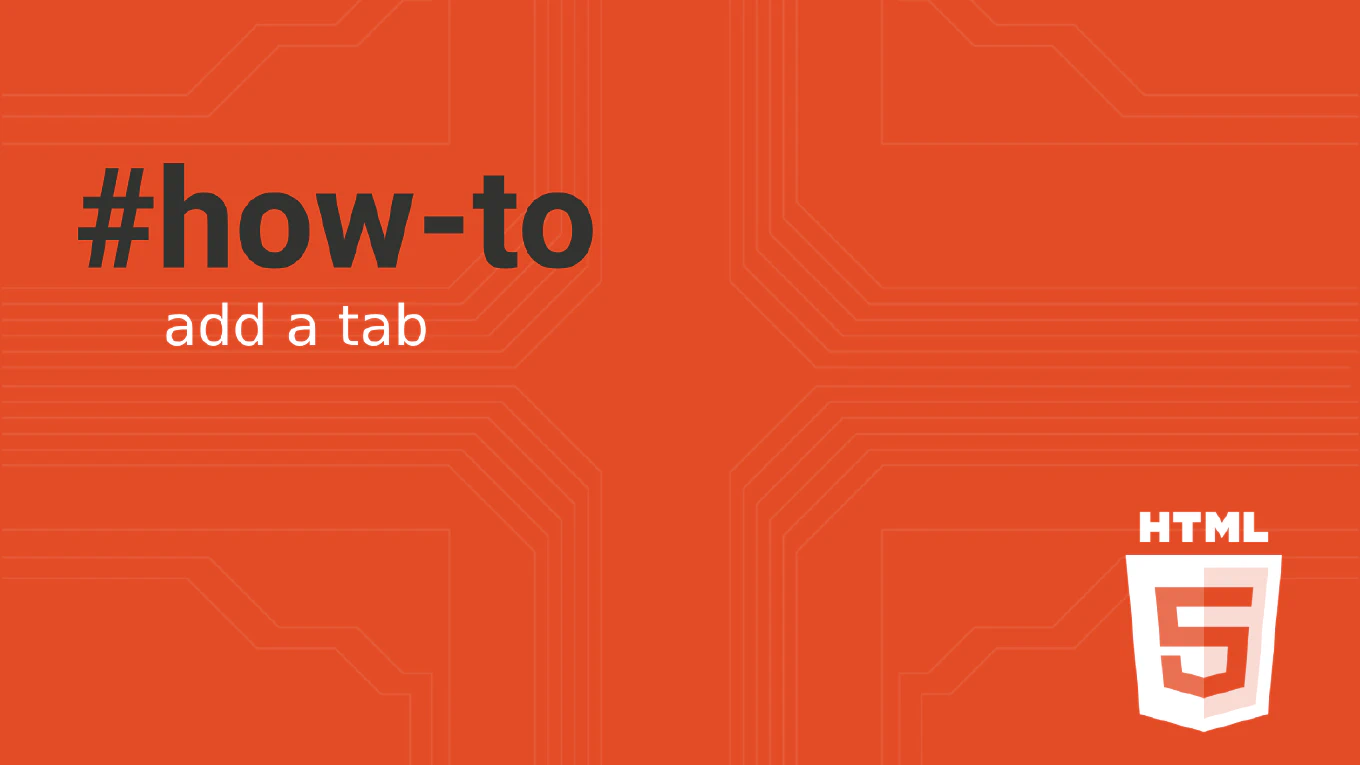How to export a function in JavaScript
Exporting functions in JavaScript modules enables code reusability and organization by making functions available for import in other files.
As the creator of CoreUI, a widely used open-source UI library, I’ve exported thousands of utility functions and components across modular JavaScript architectures.
From my 25 years of experience in web development, the most effective approach is to use the ES6 export keyword for named exports or export default for single function exports.
This pattern provides clean module boundaries and explicit dependency management.
How to check if a variable is a function in JavaScript
Checking if a variable is a function is essential for JavaScript applications that use callbacks, event handlers, or dynamic function execution patterns.
As the creator of CoreUI, a widely used open-source UI library, I’ve implemented function type checking in countless JavaScript utilities, event systems, and component APIs.
From my 25 years of experience in web development, the most straightforward and reliable approach is to use the typeof operator.
This method works consistently across all JavaScript environments and function types.
How to use default parameters in JavaScript
Using default parameters in JavaScript functions provides fallback values when arguments are not supplied, creating more flexible and robust function interfaces. As the creator of CoreUI with over 25 years of JavaScript development experience, I’ve used default parameters extensively for API methods, configuration functions, and component initialization. From my expertise, the most effective approach is defining default values directly in the function parameter list using ES6 syntax for clean, readable code. This pattern eliminates the need for manual parameter checking and provides clear documentation of expected function behavior.
How to use rest parameters in JavaScript
Rest parameters allow functions to accept an indefinite number of arguments as an array, providing flexible and elegant solutions for variadic functions.
With over 25 years of experience in software development and as the creator of CoreUI, I’ve used rest parameters extensively for building flexible utility functions and component APIs.
From my expertise, the most effective approach is using the three-dot syntax ... followed by a parameter name to collect remaining arguments.
This ES6 feature replaces the need for the arguments object with cleaner, more predictable code.
How to check the number of arguments in a function in JavaScript
Checking the number of arguments passed to a function is crucial for creating flexible JavaScript functions that handle variable parameters. With over 25 years of experience as a software developer and creator of CoreUI, I’ve used this technique extensively to build adaptive component methods that work with different argument counts. The most modern approach is using rest parameters with the spread operator, which provides a clean array-based solution. This method is more reliable than the legacy arguments object and works seamlessly with arrow functions.
How to pass default parameters to a function in JavaScript
Setting default values for function parameters is essential when building robust JavaScript applications that handle optional arguments gracefully. As the creator of CoreUI, a widely used open-source UI library, I’ve implemented default parameters in countless functions across our component library over my 25 years of development experience. The most reliable and modern approach is using ES6 default parameter syntax, which provides clean, readable code and automatic fallback values. This method is well-supported across all modern browsers and eliminates the need for manual undefined checks.
How to return multiple values from a function in JavaScript
Returning multiple values from a single function is a common requirement when processing data or performing calculations that yield several results. As the creator of CoreUI, a widely used open-source UI library, and with over 25 years of experience in software development, I’ve implemented countless functions that need to return multiple pieces of related data. The most effective approach is using array destructuring with return statements, which allows you to extract multiple values in a single, readable operation. This pattern provides clean syntax and maintains code clarity while avoiding the need for multiple function calls.
How to write a function declaration in JavaScript
Declaring functions is one of the most fundamental concepts in JavaScript programming, especially when building reusable code components. As the creator of CoreUI, a widely used open-source UI library, and with over 25 years of experience in software development, I’ve written thousands of function declarations across countless projects. The most straightforward approach is using the function declaration syntax, which creates named functions that are hoisted and available throughout their scope. This method provides excellent readability and debugging capabilities compared to other function definition patterns.
How to use methods in Vue
Using methods is fundamental for organizing component logic in Vue applications, providing a clean way to handle events and execute reusable functions. As the creator of CoreUI, a widely used open-source UI library, I’ve implemented thousands of Vue methods across components for form handling, data manipulation, and user interactions in enterprise applications. From my expertise, the most effective approach is to define methods in the methods option with proper naming conventions. This method provides clear component organization, automatic this binding, and excellent debugging experience.



